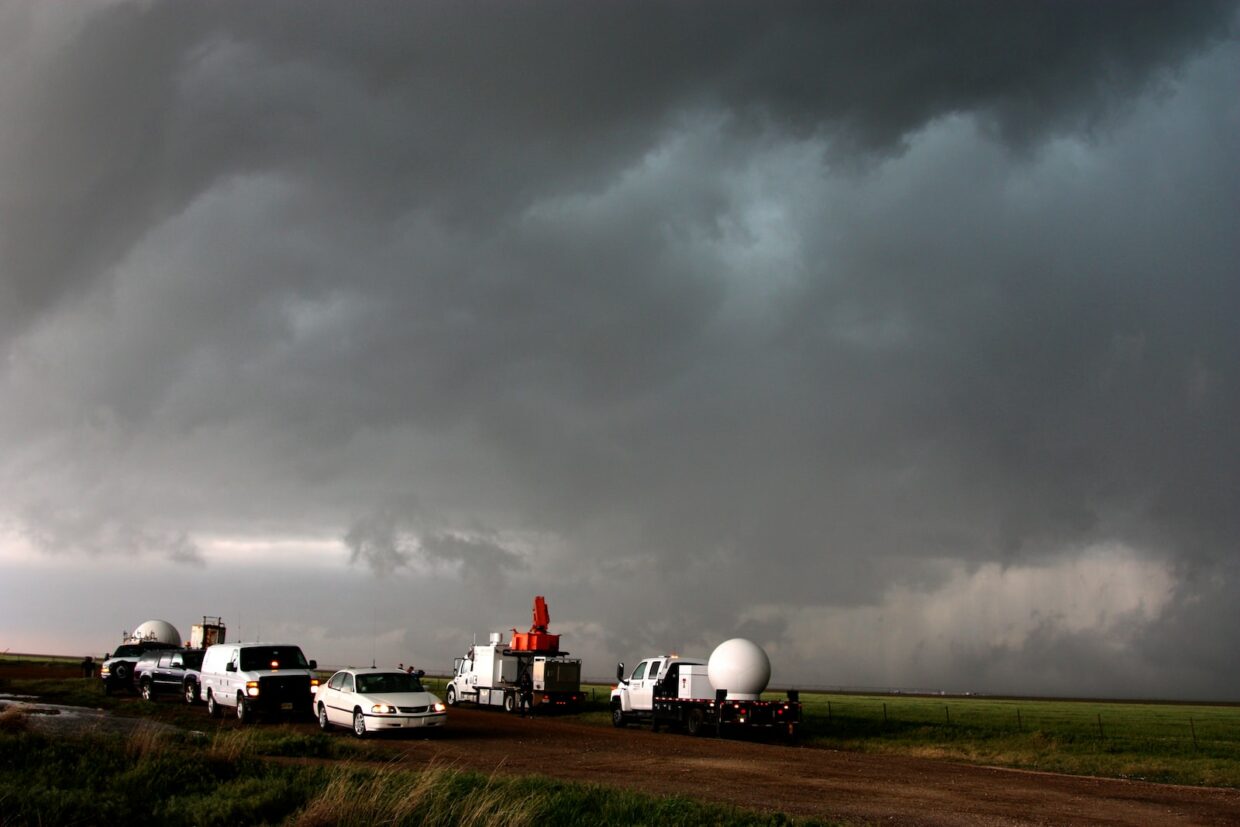New Zealand is known for its temperate climate but can often experience extreme weather conditions throughout the year. In order to make the most of the beautiful country and better equip yourself for whatever Mother Nature has in store, it’s important to understand New Zealand’s weather patterns.
Temperature
As an island nation, New Zealand experiences mild, temperate conditions year-round. On average, temperatures range between 10°C and 19°C (50°F and 66°F). In the summer months (December to February), temperatures reach up to 25°C (77°F) and the Pacific Ocean currents tend to keep the country cooler. In the winter months (June to August), temperatures drop below 10°C (50°F), with low temperatures commonly found in the alpine regions.
Rain
New Zealand is known for its abundant rain and humidity levels – usually around 80% in the summer months and 50-60% in the winter months. While the east coast of the North Island is the wettest and cloudiest area in the country, the west sides of the South and North Islands tend to be drier, often with sunny days and cooler nights.
Winds
The wind is a major factor to consider when dealing with New Zealand’s weather. The prevailing wind blows from the north-west in the summer months and from the south-east in the winter months. These winds are capable of carrying moisture, meaning the wind strengths can often vary and affect the weather in different areas.
Seasons
Like other temperate countries, New Zealand experiences four distinct seasons throughout the year. The seasons are:
- Spring (September to November): Warmer temperatures and days become longer with more sunshine.
- Summer (December to February): Hot, humid days with high temperatures and increased rainfall in some parts of the country.
- Autumn (March to May): Mild weather and long days with a noticeable drop in temperature.
- Winter (June to August): Wet and cold weather with temperatures dropping as low as 0°C in some areas.
Safety Tips
New Zealand’s weather can be unpredictable, so it’s important to prepare for the worst conditions. When enjoying the outdoors, be sure to:
- Check the weather forecast before going to get an accurate picture of the conditions.
- Pack protective clothing such as waterproofs and warm layers.
- Bring a first aid kit and emergency supplies in case of an unexpected situation.
Understanding New Zealand’s weather will help you make the most of your time in the country, so you can enjoy the beautiful natural attractions without any unexpected surprises.
